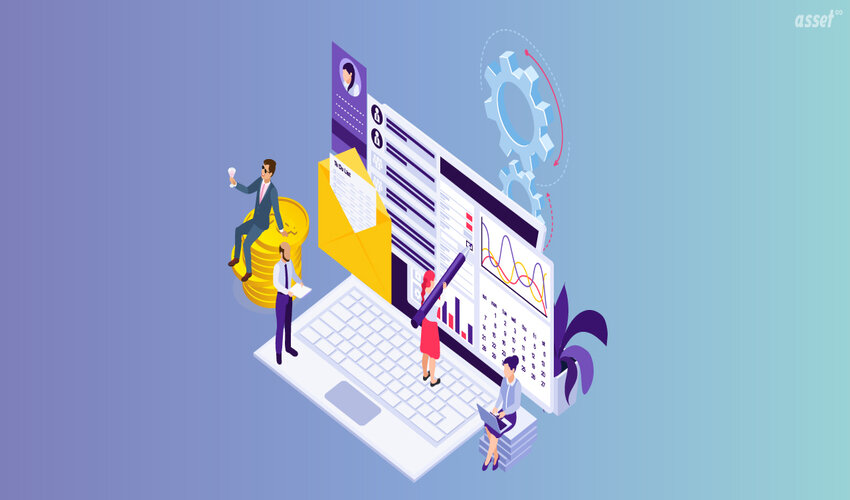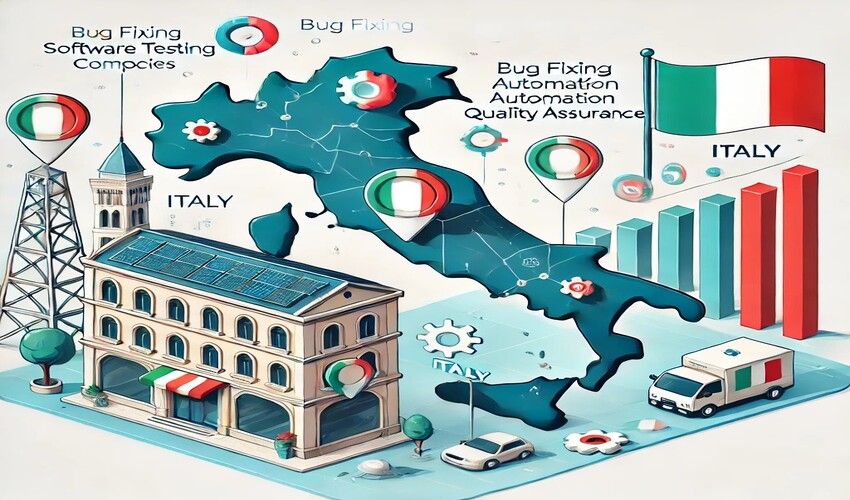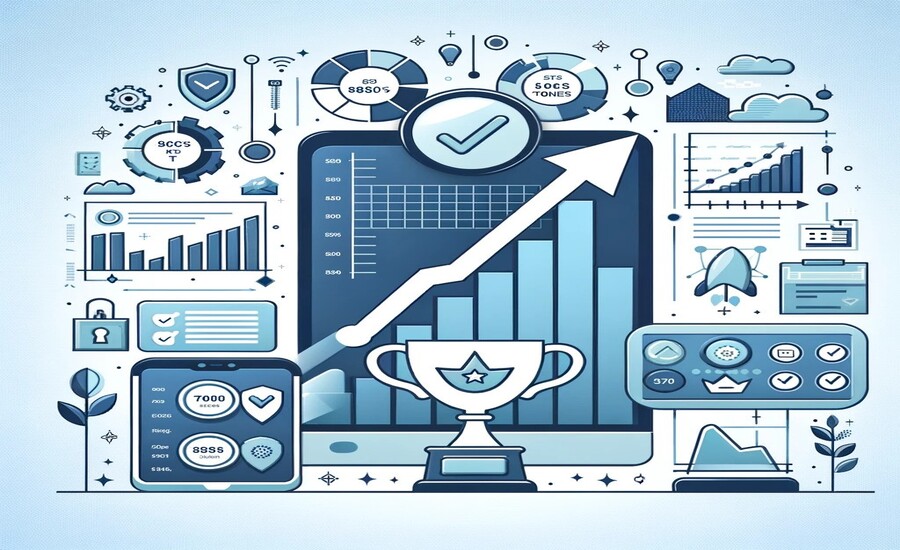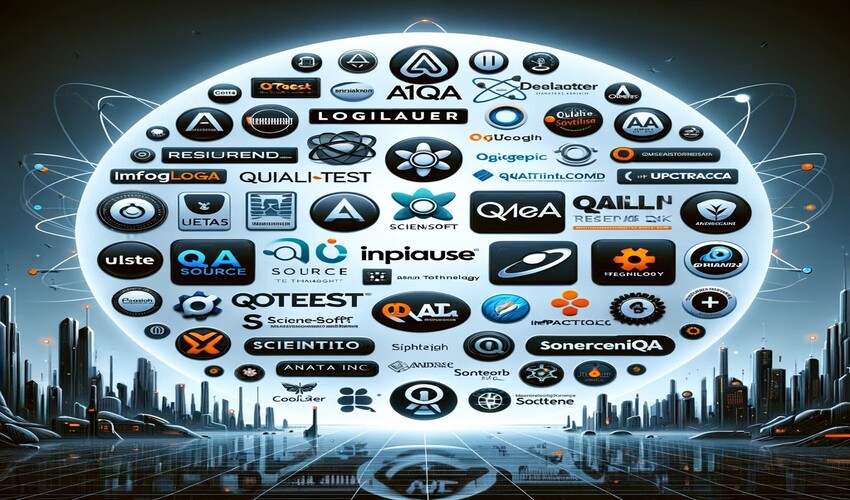Last updated on December 6th, 2023 at 11:34 am
Many construction businesses ignore the factors often responsible for their low ROI. The best way to increase profits is through proper asset management and tracking. But is it possible to track assets without impacting projects? Well, you don’t need to worry anymore. As a contractor, you are already equipped with multiple duties. Project management software for contractors aims to manage your assets in the most organized method. This post will cover six tips for maximizing a construction business’s ROI with Your equipment tracking software.
5 Tips to Optimize ROI with Equipment Tracking Software
- Pick the Right Equipment Tracking Software
Your business ROI depends on what kind of software you use. With so many options out in the market, it might be overwhelming to select the suitable equipment management software. For reasonable decision, you can consider the following qualities that software must have:
- Ability to Adapt: Construction businesses expand rapidly. They require software that can adjust to increasing assets and additional users without compromising the quality and performance.
- Good User Interface: An easy interface helps employees to adapt to the software quickly. Training and onboarding should be straightforward.
- Mobile Accessibility: Almost all the users have access to mobile phones. The software should offer mobile accessibility, allowing users to track assets and perform related tasks.
- Vendor Support: Select a software vendor with reliable customer support and maintenance services. It will be critical to ensure the software runs smoothly and receives necessary updates.
- Design Asset Management Strategy
Effective asset management goes beyond tracking the location of your equipment. It involves a comprehensive strategy that covers the entire asset lifecycle, from acquisition to disposal. To maximize ROI, consider the following:
- Asset Lifecycle Planning: Develop a clear plan for each asset, including its expected lifespan, maintenance schedule, and eventual replacement. It helps in optimizing asset usage and minimizing downtime.
- Asset Utilization: Monitor how assets are used to identify underutilized or overutilized equipment. This data can guide decisions on resource allocation and usage optimization.
- Depreciation Management: Keep track of asset depreciation to assess their current value and make informed decisions about replacement or upgrades.
- Disposal and Replacement: When assets reach the end of their life cycle, have a clear plan for disposal and replacement. It includes assessing whether to sell, recycle, or repurpose assets.
- Regular Audits and Data Analysis
To ensure that your project management software for contractors delivers maximum ROI, conduct regular audits and data analysis. It involves:
- Asset Audits: Periodically verify the physical presence and condition of assets to ensure that the data in the tracking software is accurate.
- Data Validation: Cross-reference tracking software data with physical audits to identify and address discrepancies promptly.
- Data Analysis: Regularly analyze the data collected by the software to identify trends, anomalies, and opportunities for improvement.
- Seeking Feedback: Listen to feedback from users and stakeholders to identify areas for improvement. Be open to making necessary changes to meet your organization’s needs better.
- Benchmarking: Compare your asset management practices and ROI with industry benchmarks to assess where you stand relative to your peers.
- Return on Investment Measurement
Measuring ROI is critical to determining the effectiveness of your equipment tracking software. To do this, consider:
- Key Performance Indicators (KPIs): Establish KPIs to measure the impact of the software on your organization. Common KPIs may include asset utilization rates, maintenance cost reductions, and downtime reductions.
- Data Analytics: Leverage data analytics to quantify the software’s impact on your organization’s bottom line. It may involve comparing historical data with current performance.
- ROI Reporting: Regularly report on the ROI generated by the equipment tracking software to stakeholders and management. Use this data to justify the software’s ongoing use and to guide decisions about enhancements or adjustments.
- Integration with Other Business Processes
To maximize ROI, integrate equipment tracking software with other critical business processes. It can streamline operations and improve efficiency. Consider integrating with:
- Inventory Management: Syncing asset tracking with inventory management can help optimize stock levels and ensure you have the right equipment when needed.
- Maintenance Management: Integration with maintenance management systems allows for streamlined scheduling and execution of preventative maintenance tasks.
- Procurement: Align asset tracking with procurement processes to ensure you purchase the right equipment at the right time.
Conclusion
Equipment tracking software is a powerful tool for organizations looking to maximize their ROI through efficient asset management. By choosing this software, your business can get an opportunity to embrace cutting-edge technologies. You only need to focus on two things: Mentioned tips and project management software for contractors. The software provides countless benefits, such as reducing human errors, remote team collaboration, machine safety, and accurate reports. If you are looking for a reliable software solution, consider Foundation Software for all your business needs.
Author Bio:
Roger Jack
I am a seasoned content writer and accomplished professional blogger. With a wealth of experience, I create captivating content that resonates. From insightful articles to engaging blog posts, I bring expertise and creativity to every project. Reach out on Foundation Software.

















Leave a Reply